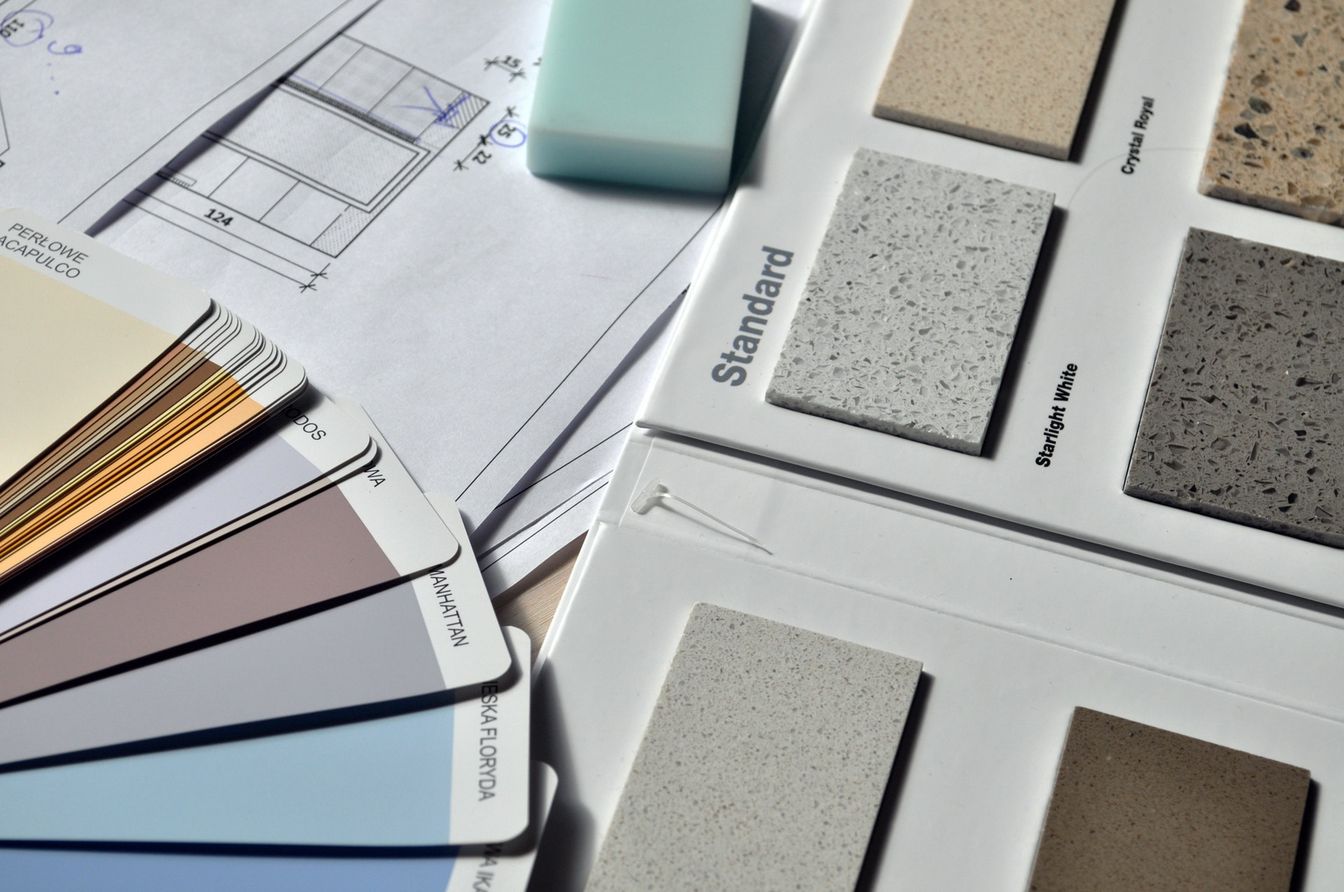With toddlers, teenagers or any age in-between, you can stay in the same home and adapt it to your family’s changing needs.
As your family grows, you may feel like the family home is bursting at the seams and that it no longer meets your needs. Tell-tale signs include:
- There is clutter everywhere but nowhere to put everything
- You desperately need another bathroom—getting ready in the morning has become a nightmare
- Your family feel like you are living on top of each other
- It begins to feel like your kids are too big for the house
With proper planning and some strategic renovations or improvements, you can design a home that adapts to your changing needs. We like to call it future-proofing!
1. Create separate living areas
A separate living area can be used as a games room when children are younger and become a teenage retreat when they are older. Design the second living area so that it can be closed off with doors instead of being part of an open-plan area. This enables the room to be multi-purpose and can even be used as a media room without the noise filtering through to the rest of the home.
2. Kitchen makeover: Make it open-plan
The kitchen is the hub of the home and modern open-plan kitchens are perfect for a family of any age. One of the key advantages of an open-plan kitchen is that it is easy for family members to move in and around it. In older kitchens, there is often a single point of entry. As kids get older and teenagers open the fridge 50 times a day, you will soon find this design results in family members getting in each other’s way all the time. Open-plan kitchens solve this bottleneck.
3. Breakfast bars are worth their weight in gold
Breakfast bars are more than just a place to eat your breakfast. They are the centre of the home and serve as the meeting place that keeps everyone connected. Breakfast bars are many things in a household: They are a great homework station for younger kids (where parents can supervise while also cooking, doing dishes, preparing breakfast, lunches and more), and they are the perfect after-school snack zone for children as they run in and out of the house with friends. For informal entertaining, breakfast bars are a fantastic serving area for drinks and food.
When designing your breakfast bar, ensure that the bench extends out far enough for a stool to fit under without banging your knees. Another design consideration is to think about how many people you have in your family. Breakfast bars are often designed for a family of four or five. If you have a larger family, you may want to consider designing the breakfast bar to enable people to sit at each end too. This will require space for people to walk around and you will also need the bench to overhang at the ends to allow the stools to fit under.
4. Build in plenty of storage options
Whether you are old or young, there is no doubt that every home can use more storage options. As kids grow older, they will have school bags, sporting equipment, bikes, school books, school projects and more.
Be creative! Storage can be built under the stairs, under beds, in the roof space (consider an attic), overhead cupboards in the kitchen and laundry, built-in/walk-in wardrobes . . . anywhere and everywhere you can create storage, do it. Family living can become a cluttered mess if there is nowhere to put everything.
5. Splash out on the bathroom
If you are living in a home with just one bathroom, you will already know that it is not ideal for family living. In particular, as children become teenagers, there will be arguments and fights over the bathroom. Most homes nowadays have a parents’ ensuite and at least one additional bathroom for the kids. Increasingly, homeowners are adding more than one kids’ bathroom, particularly when there are both boys and girls in the family.
Create a greener home and save money too
A home renovation gives you the opportunity to start living a greener life and reduce the impact of your daily lifestyle on the environment. The good news is that many green choices are budget-friendly too, delivering great cost-savings into the future. Some easy green options for your renovation include:
Install water-saving shower heads
These slow the flow of water and greatly reduce water usage on a daily basis, saving you big bucks on water bills over the years.
Replace old taps
Do this especially if they are leaky. Install new taps around the home that restrict the water flow. Again, this will decrease your daily water usage and reduce bills.
Replace single-flush toilets
Old-fashioned toilets flush away 10 to 12 litres of precious water at a time. Modern dual-flush toilets use as little as three to six litres per flush.
Install LED lighting
Get rid of traditional light bulbs. LED lights have a slightly higher purchase price, but with reduced energy usage and a longer lifecycle, you will save money over time.
How helpful was this article?
Click on a star to rate it!
0 / 5. 0
Be the first to rate this post!
Suzanne Burke
Related posts
Subscribe
Receive personalised articles from experts and wellness inspiration weekly!


